Blog
Jewellok is a professional pressure regulator and valve manufacturer and supplier.
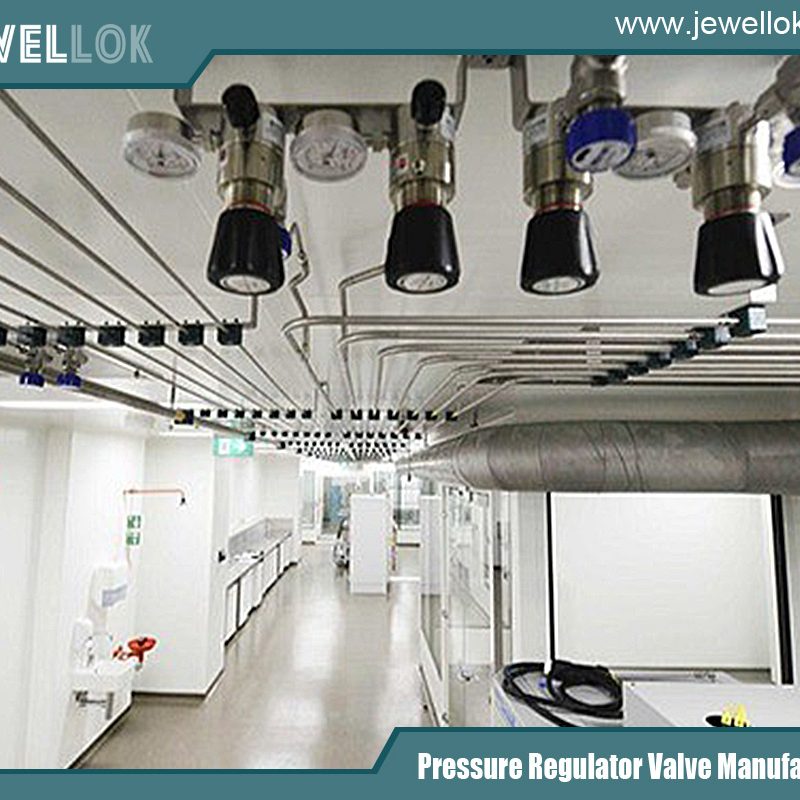
What Is An Integrated Gas Supply System?
- Pressure Regulator Valve Manufacturer
- fully integrated gas supply system, Integrated Central Medical Gas Supply System, integrated fuel system module, integrated fuel systems, Integrated Gas holder Manufacturing Factory, Integrated Gas Management System, integrated gas supply system, integrated gas system, Integrated Gas System (IGS), Integrated Gas System China, integrated gas system china supplier, Integrated Gas System in Semiconductor, Integrated Gas System in the Semiconductor Companies, integrated gas system manufacturer, integrated gas system manufacturer China, integrated gas system manufacturer in china, integrated gas system manufacturer in india, integrated gas system supplier, Integrated Gas Systems in the Semiconductor, Integrated Management System
- No Comments
What Is An Integrated Gas Supply System?
In today’s rapidly evolving energy landscape, the demand for efficient, reliable, and sustainable gas supply systems has never been more critical. An integrated gas supply system represents a holistic and strategic approach to managing the entire gas supply chain—from production to consumption. By seamlessly coordinating gas sources, storage facilities, distribution networks, and end-users, these systems ensure that gas is delivered efficiently to meet the diverse needs of industries, power plants, and households. This article explores the key components, integration aspects, benefits, challenges, real-world examples, and future trends of integrated gas supply systems, shedding light on their growing importance in the global energy mix.

Components of an Integrated Gas Supply System
An integrated gas supply system is built upon four fundamental components, each playing a vital role in ensuring the smooth flow of gas from its origin to its final use. Below, we delve into each component in detail.
a. Gas Sources
Gas sources are the foundation of any supply system, determining the type, availability, and environmental impact of the gas being supplied. These sources include:
Natural Gas: Extracted from underground reservoirs, natural gas is the most widely used gas source due to its abundance and relatively low carbon footprint compared to other fossil fuels. It is typically composed of methane and is sourced from fields both onshore and offshore.
Biogas: Produced through the anaerobic digestion of organic waste—such as agricultural residues, food waste, or sewage—biogas is a renewable alternative. It consists primarily of methane and carbon dioxide and offers a sustainable option for gas supply.
Synthetic Gas: Generated through chemical processes like coal gasification or renewable hydrogen production, synthetic gas provides flexibility in regions lacking natural gas reserves. Hydrogen, in particular, is gaining attention as a clean energy carrier.
The choice of gas source depends on factors such as regional availability, economic feasibility, and environmental goals, making it a critical decision in designing an integrated system.
b. Storage Facilities
Storage is essential for balancing supply and demand, especially given the seasonal and daily fluctuations in gas consumption. Common storage options include:
Underground Storage: Depleted gas fields, salt caverns, or aquifers are repurposed to store large volumes of gas. These facilities are cost-effective for long-term storage and are widely used in regions with extensive gas infrastructure.
Liquefied Natural Gas (LNG) Tanks: Gas is cooled to a liquid state (-162°C) for storage in insulated tanks, reducing its volume by 600 times. LNG is ideal for regions without pipeline access or for international trade.
Compressed Natural Gas (CNG) Cylinders: Gas is stored under high pressure in cylinders, suitable for smaller-scale or mobile applications, such as vehicle fuel.
Each storage method has unique advantages—capacity for underground storage, portability for LNG, and flexibility for CNG—allowing systems to tailor solutions to specific needs.
c. Distribution Networks
The distribution network is the backbone of the gas supply system, ensuring gas reaches its destination efficiently and reliably. Key methods include:
Pipelines: The most common and economical method for transporting large volumes of gas over land. Pipeline networks can span thousands of kilometers, connecting gas fields to urban centers and industrial hubs.
Tankers: Used primarily for LNG, tankers transport gas across oceans or to remote locations inaccessible by pipelines. This method supports global gas trade and regional supply flexibility.
Other Methods: In areas lacking pipeline infrastructure, gas can be transported via trucks or rail in the form of CNG or small-scale LNG, providing last-mile connectivity.
A robust distribution network minimizes delays, reduces losses, and ensures gas is available where and when it’s needed.
d. End-Users
The end-users of gas are diverse, spanning multiple sectors with varying demands:
Power Plants: Gas-fired power plants use natural gas or other gases to generate electricity, offering a cleaner alternative to coal.
Industries: Manufacturing sectors rely on gas for heating, as a feedstock (e.g., in fertilizer production), or for process energy in steelmaking and refining.
Households: Millions of homes worldwide use gas for cooking, heating, and hot water, making it a staple of domestic energy consumption.
Understanding these users’ consumption patterns—such as peak winter demand for heating or steady industrial use—is key to optimizing the system.
Integration Aspects
The hallmark of an integrated gas supply system is its ability to connect and optimize these components through advanced technology, streamlined operations, and regulatory alignment.
a. Technological Integration
Modern systems leverage cutting-edge technologies to enhance efficiency, safety, and responsiveness:
Internet of Things (IoT): Smart sensors monitor gas flow, pressure, and quality in real-time, enabling proactive maintenance and leak detection.
Artificial Intelligence (AI): AI algorithms analyze data to predict demand, optimize supply routes, and improve energy efficiency, reducing operational costs.
Blockchain: This technology ensures transparency in gas transactions and supply chain tracking, particularly in complex, multi-party systems.
These tools create a “smart” gas network capable of adapting to disruptions and improving overall performance.
b. Operational Integration
Operational efficiency is achieved by coordinating the supply chain’s moving parts:
Production Schedules: Gas extraction or production is timed to match storage capacity and demand forecasts.
Storage Management: Facilities are filled during low-demand periods and tapped during peaks, smoothing out supply fluctuations.
Distribution Logistics: Routes and transport modes are optimized to minimize costs and delivery times.
This seamless coordination reduces waste, prevents bottlenecks, and ensures a steady gas flow.
c. Regulatory and Policy Integration
Gas supply systems operate within a web of regulations that ensure safety, environmental protection, and fair market practices:
Safety Standards: Strict guidelines govern gas handling, storage, and transport to protect workers and communities.
Environmental Regulations: Rules mandate emissions reductions, leak prevention, and the adoption of cleaner gas sources.
Market Policies: Pricing, competition, and cross-border trade are regulated, especially in integrated systems spanning multiple jurisdictions.
Compliance with these frameworks is essential for system legitimacy and public trust.
Benefits of Integrated Gas Supply Systems
Integrated systems offer a range of advantages that address modern energy challenges:
a. Reliability and Security
By diversifying gas sources and maintaining robust storage and distribution networks, these systems can withstand supply disruptions—whether due to geopolitical tensions, natural disasters, or technical failures. For instance, if a pipeline is damaged, stored LNG or alternative sources can fill the gap.
b. Cost Efficiency
Integration optimizes resource use, reduces operational inefficiencies, and minimizes gas losses (e.g., through leaks). These savings lower the cost of gas for consumers and allow reinvestment in infrastructure upgrades.
c. Environmental Impact
Efficient systems reduce greenhouse gas emissions by optimizing combustion and incorporating renewable gases like biogas or hydrogen. Leak detection technologies further minimize methane—a potent greenhouse gas—escaping into the atmosphere.
d. Flexibility and Scalability
Integrated systems can adapt to shifting demand patterns, such as increased industrial use or seasonal heating needs. They also allow for the integration of new technologies or gas sources, ensuring long-term relevance.
Challenges and Solutions
Despite their benefits, integrated gas supply systems face significant hurdles. Below are the primary challenges and potential solutions:
a. Technical Challenges
Integrating diverse technologies—such as IoT devices with legacy pipelines—can be complex and prone to compatibility issues.
Solution: Standardized protocols and interoperable systems can simplify integration, ensuring all components work together seamlessly.
b. Economic Challenges
The high upfront costs of building or upgrading integrated systems can deter investment, particularly in developing regions.
Solution: Government incentives, public-private partnerships, and a focus on long-term savings can offset initial expenses.
c. Regulatory Challenges
Cross-border systems must navigate differing safety, environmental, and market regulations, complicating operations.
Solution: Harmonizing regulations across regions and adopting flexible compliance strategies can streamline processes.
Case Studies and Examples
Real-world examples illustrate the power of integrated gas supply systems:
Europe’s Gas Network
The European Union has developed one of the world’s most advanced integrated gas networks, connecting multiple countries via pipelines and LNG terminals. This system ensures energy security by allowing gas to flow from diverse sources—such as Russia, Norway, and North Africa—to meet demand across the continent. It has proven resilient during supply disruptions, such as the 2022 Russia-Ukraine conflict, by leveraging stored gas and alternative imports.
Singapore’s LNG Hub
Singapore has emerged as a key LNG trading hub in Asia, integrating LNG storage, regasification, and distribution to serve domestic needs and regional markets. This system enhances energy resilience and positions Singapore as a leader in the global gas trade, demonstrating the economic benefits of integration.
These cases highlight the importance of strategic planning, technological innovation, and regulatory cooperation.
Future Trends
The evolution of integrated gas supply systems will be shaped by several trends:
a. Emerging Technologies
Hydrogen: Green hydrogen, produced using renewable energy, could become a cornerstone of future gas systems, offering a carbon-free fuel.
Carbon Capture and Storage (CCS): CCS technologies can reduce emissions from natural gas, aligning with decarbonization goals.
Digitalization: Advances in AI and IoT will further enhance system efficiency and responsiveness.
b. Market Trends
The shift towards renewable gases—biomethane, hydrogen, and synthetic methane—is accelerating. Meanwhile, decentralized gas networks, such as small-scale LNG or biogas plants, are gaining traction in remote or off-grid areas.
c. Policy Directions
Governments are prioritizing decarbonization and energy security through policies that promote low-carbon gases, emissions reductions, and infrastructure investment. International agreements, like the Paris Accord, will further drive this transition.

Conclusion
Integrated gas supply systems are a cornerstone of modern energy management, offering a comprehensive solution to the challenges of reliability, cost, and sustainability. By connecting gas sources, storage, distribution, and end-users through advanced technologies and strategic coordination, these systems ensure gas remains a vital part of the global energy mix. Despite technical, economic, and regulatory challenges, solutions exist to unlock their full potential. As the world moves towards cleaner energy, integrated systems will play a pivotal role in balancing energy security with environmental responsibility. The future of gas supply lies in integration, innovation, and adaptation—ensuring that gas continues to power industries, homes, and economies in a sustainable way.
For more about what is an integrated gas supply system, you can pay a visit to Jewellok at https://www.jewellok.com/product-category/gas-cabinet/ for more info.
Recent Posts
How a Gauged Two-Stage Propane Gas Pressure Regulator Works
The Best Natural Gas Pressure Regulators Manufacturers in USA
How to Choose the Right Laboratory Gas Valves
The Top High Pressure Hydraulic Needle Valve Manufacturer in 2025
Why the Top Companies Choose Ultra-High Purity Diaphragm Valves
How to Choose the Material Properties of Ball Valve Core?
Tags
Recommended Products
-
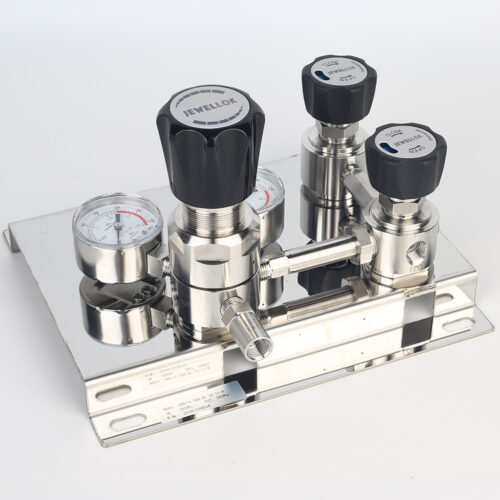
Stainless Steel 316L Single Stage Regulator Pressure Control Panels JSP-1E Series For Semiconductor Fluid Control
-
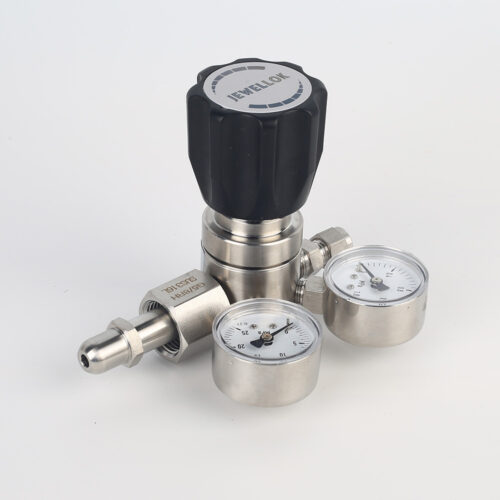
High Purity High Pressure Specialty Gas Pressure Regulators Specialty Gases Pipeline Engineering Equipments Manufacturer And Supplier
-

Hydrogen Manifold Argon Gas Manifold System Oxygen Manifold Propane Gas Manifold With Valves In Gas Manifold Changeover System
-
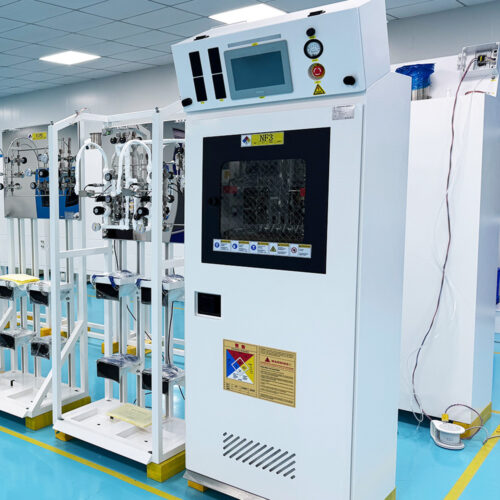
Semi Automatic Gas Cabinet Gas Panels High Purity Gas Delivery Systems JW-200-GC
-

316L Stainless Steel Tube Butt Weld Reducing Fittings Union Reducer RW Series Ultrahigh Purity Process
-

High Purity And Industria Gas Stick Assemblies Precise Pressure Control Gas Systems JSR-1ETG-BV Series
-
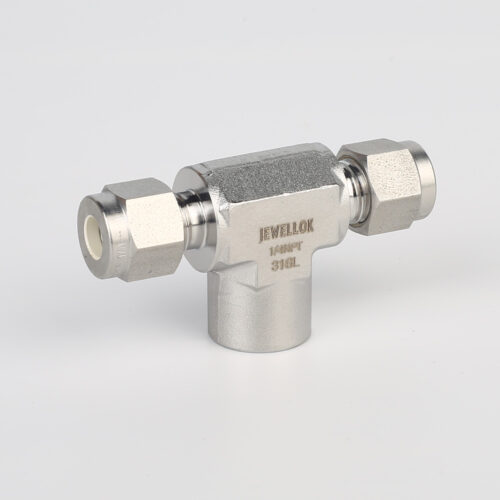
772 LF Female Branch Tee | Stainless Steel Tube Fitting Female Branch Tee 1/2 in. Tube OD x 1/2 in. Tube OD x 3/8 in. Female NPT
-
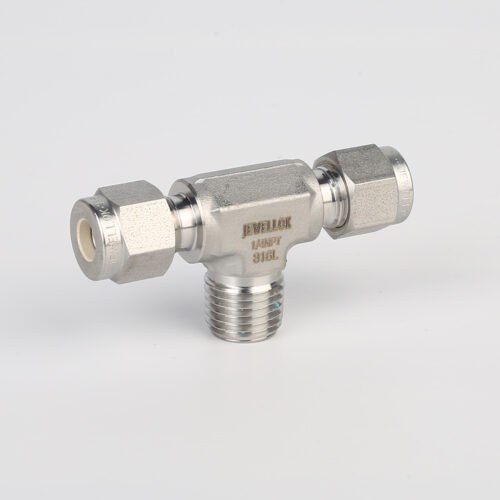
772L Male Branch Tee | Stainless Steel High-Purity Tube Fitting Male Branch Tee